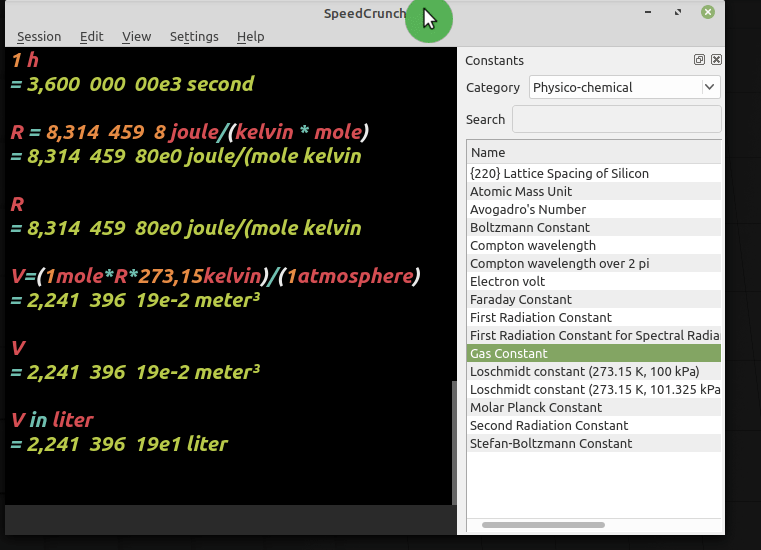
For instance, if you intend to express the unit Means that their use follows the same rules of precedence as any other mathematical operation. This limitation (or feature, depending on your point of view) In SpeedCrunch (unlike in textbook notation), prefixes can be used on their own. In that case, the imaginary part of these numbers is discarded when passing them as an argument to a built-in function. However, previously stored variables may still contain complex values. When complex numbers are disabled, the constant j is not available. However, when given a real argument, cbrt() will always return the real cubic root, regardless of whether or not complex numbers are enabled. With complex number support enabled, the power operation x^(1/3) will return the first complex cubic root of x which is usually non-real. Refer to a function’s documentation for more information.Ĭaution is advised when using functions like cbrt() or any fractional power operation with complex numbers. Not every function in SpeedCrunch supports complex arguments. Simply defining i=j allows you to use i as an alias for j.

Although SpeedCrunch does not support this notation by default, it is added easily enough. Some users (especially mathematicians or physicists) may prefer to use the letter i for the imaginary unit.

If necessary, consider writing the multiplication explicitly, i.e. J ^ 2 = -1 ( 5 + 3 j ) / ( 8 - 2 j ) = 0.5+0.5jĪ note on the syntax of complex numbers: 5j denotes the number 5*j while j5 is a variable named ‘j5’.


 0 kommentar(er)
0 kommentar(er)
